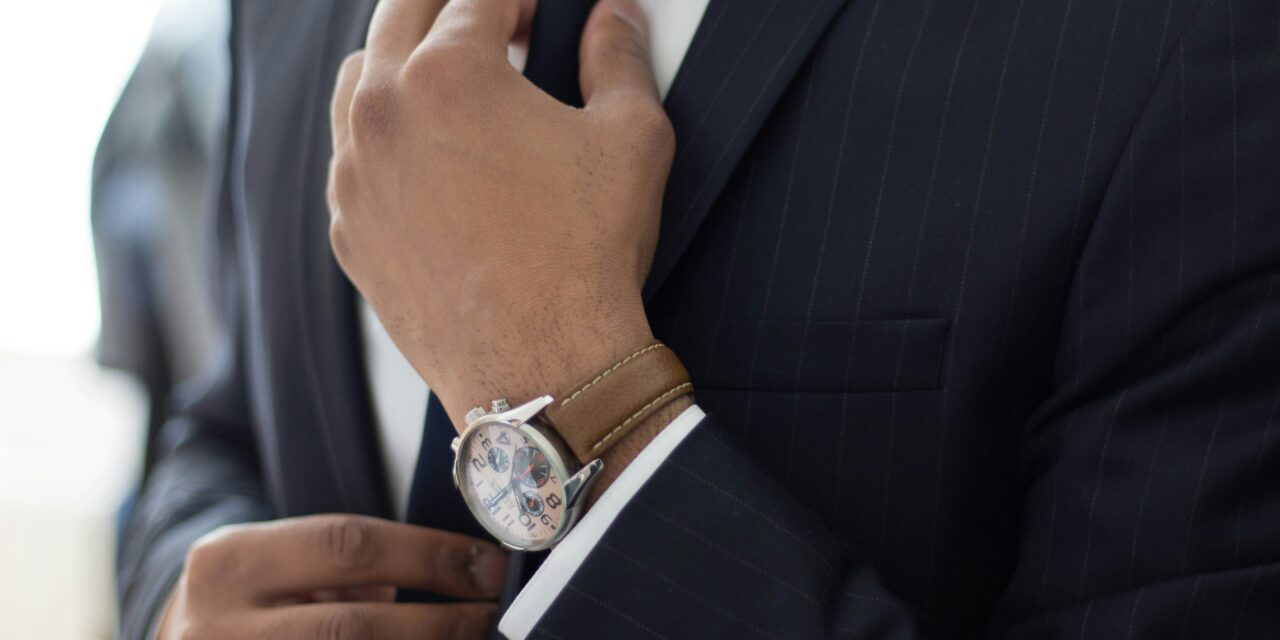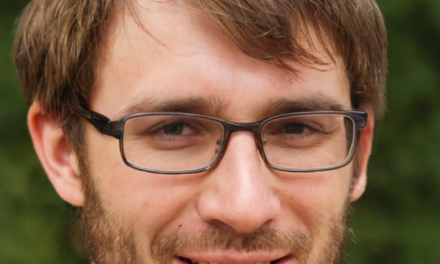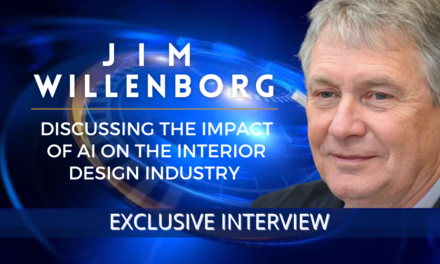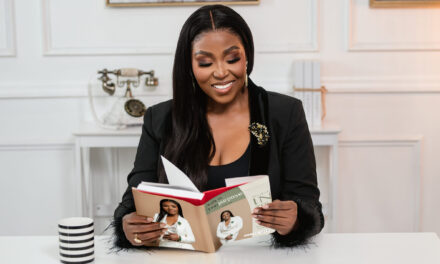Ernest Reinhardt is a visionary entrepreneur whose unconventional path through real estate, consumer goods, and fitness innovation has been defined by hands-on hustle and an instinct for spotting what’s next. He first made waves in the beverage industry, leading the nationwide expansion of Adult Chocolate Milk, a novelty spirits brand that became a household name in under two years. Later, he pivoted into fitness as the founder of HARDTFIT and inventor of the ROWFORMER™—a patented machine that fuses Pilates-inspired movement with high-intensity cardio.
Today, the ROWFORMER™ powers STRONG PILATES, a rapidly growing global franchise operating under an exclusive licensing deal that includes a white-labeled version of the HARDTFIT method. STRONG PILATES has grown explosively—now spanning 9 countries with more than 80 open locations and 175 additional licenses already presold ahead of its 2025/2026 U.S. launch. Ernest Reinhardt is known for thinking differently, acting quickly, and bringing bold concepts to life through grit, guts, and relentless execution.
What does “entrepreneurship” mean to you today versus when you first started out?
When I started, it was about freedom—being my own boss, making money, having flexibility. Today, it means responsibility. When you build something, you’re accountable to your team, your customers, and your own standard. Entrepreneurship now feels more like stewardship than rebellion.
What’s the first thing you do when you have a new idea?
I put it on paper—sketch it, map it, or voice-note it. I try to get it out of my head so I can look at it objectively. Then I ask myself: Is this a product, a feature, or just a cool thought? That helps filter what’s worth pursuing.
How do you balance instinct with data in decision-making?
Great question. My gut is my compass, but I always look for data to confirm or challenge it. I’m not afraid to change course if the numbers tell a different story—but I won’t follow metrics blindly. You still need vision to lead, not just analyze.
What was your biggest “this might not work” moment—and what did you do?
When we had to shut down the HARDTFIT studio during COVID. It felt like a gut punch. But instead of panicking, I pivoted to selling the ROWFORMER™ directly and licensing the model. That pivot ultimately led to a partnership with STRONG PILATES, which has been a huge win.
Can you clarify how STRONG PILATES came into the picture?
Sure. I actually developed the HARDTFIT method before inventing the ROWFORMER™. The method came first—I had a vision for a new kind of workout but couldn’t execute it with the machines that existed. That’s what led me to invent the ROWFORMER™.
STRONG PILATES found me on Instagram. The owners, Michael Ramsey and Mark Armstrong, were seasoned operators of multiple F45 studios and were actively looking for something new. They flew out to our studio that same weekend, tried the workout, and were immediately hooked. That’s when STRONG PILATES was born. We entered into an exclusive licensing agreement for use of the ROWFORMER™ and allowed them to white-label the HARDTFIT method. Since then, they’ve grown at an incredible rate—well above industry norms.
How important is storytelling in your work?
Critical. People don’t just buy products—they buy into ideas. Whether it was Adult Chocolate Milk or the ROWFORMER™, we weren’t just selling a thing—we were telling a story people could connect with. Story builds trust, emotion, and longevity.
What’s a misconception people have about inventors or product developers?
That it’s just creativity. Truth is, it’s 10% idea, 90% logistics. You’ve got to source materials, navigate patents, manage production, distribution, and support. Creativity opens the door, but operations get you through it.
What makes a brand memorable to you?
Authenticity and boldness. I love brands that know exactly who they are and aren’t afraid to offend the masses to serve their tribe. The best ones have attitude, soul, and a clear point of view.
Have mentors played a role in your journey?
Definitely. Not always in a traditional way, but I’ve had key people at different stages—investors, older business owners, even competitors—who offered advice or challenged my thinking. You’ve got to stay open to learning or you’ll hit a ceiling.
What separates a good idea from a business opportunity?
A good idea is exciting. A business opportunity solves a problem, can scale, and has demand. The best ones are rooted in pain points—if you can fix a real problem in a new way, you’ve got something worth building.
If you had to start over tomorrow with zero contacts, what would you do?
I’d start talking to people. I’d hit the pavement, ask questions, and figure out what real needs exist in the market. Relationship-building is currency, and solving problems is leverage. With those two things, you can rebuild anything.




